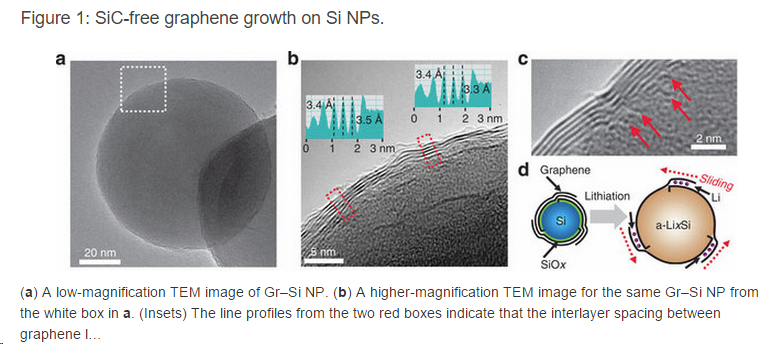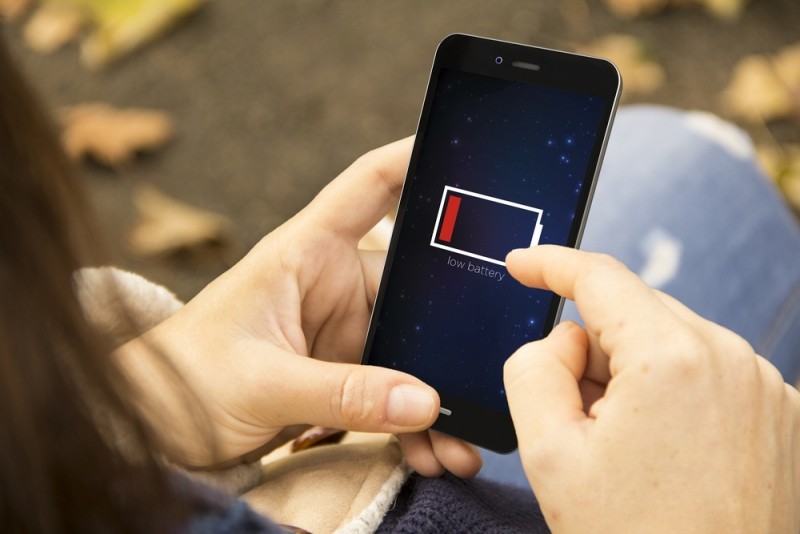Last week research published in Nature and funded by Samsung outlined lithium-ion technology that could supply nearly double the battery life of conventional batteries. Li-on batteries power mobile devices, like Samsung's Galaxy smartphones, so we might soon be owning a handset with a substantially better charge.
These next generation li-on batteries combine silicon and graphene, surrounding anodes of the former with a layer of graphene. Anodes are the structures in li-on batteries that store the electrically charged lithium ions. Typically, most li-on anodes are made out of graphite, but silicon can hold a charge ten times better. This is exactly why the anodes in the experimental batteries were made out of silicon.
Graphene was then layered on top of the silicon anodes, creating a battery denser than previous experimental batteries and far denser than batteries in current consumer electronics. If you want a good battery, density is key, and graphene – although a million times thinner than paper – is so dense that not even a single helium atom can penetrate it.

The novel design resulted in 1.5 to 1.8 times longer charge than presently available li-on batteries. This means a handset that lasts 10 hours could technically last up to 18 hours with the technology. Li-on batteries are also found in laptops and the newest electric cars – so the research could have implications for more than mobile computing. But guess what, it could take years before Samsung incorporates this technology into their products, though we can always hope.
Smartphone with low battery image from Shutterstock.
